LED Street Lights Being Installed in CT Towns Even As Health Concerns Are Raised
/The American Medical Association’s new policy stand “against light pollution and public awareness of the adverse health and environmental effects of pervasive nighttime lighting,” comes as municipalities across Connecticut and the nation are replacing longstanding lighting systems with LED lights in an effort to save money and improve safety. The AMA however, is warning that the rapid pace of change could bring long-term detrimental health and safety effects. The AMA has noted that “it is estimated that white LED lamps have five times greater impact on circadian sleep rhythms than conventional street lamps. Recent large surveys found that brighter residential nighttime lighting is associated with reduced sleep times, dissatisfaction with sleep quality, excessive sleepiness, impaired daytime functioning and obesity.”
The organization noted earlier this month that “approximately 10 percent of existing U.S. street lighting has been converted to solid state LED technology, with efforts underway to accelerate this conversion.” The AMA’s Report of the Council on Science and Public Health on “Human and Environmental Effects of Light Emitting Diode (LED) Community Lighting” cautioned that “white LED street lighting patterns also could contribute to the risk of chronic disease in the populations of cities in which they have been installed. Measurements at street level from white LED street lamps are needed to more accurately assess the potential circadian impact of evening/nighttime exposure to these lights.
The AMA recommendations were developed to “assist in advising communities on selecting among LED lighting options in order to minimize potentially harmful human health and environmental effects”:
- an intensity threshold for optimal LED lighting that minimizes blue-rich light
- all LED lighting should be properly shielded to minimize glare and detrimental human health and environmental effects,
- consideration should be given to utilize the ability of LED lighting to be dimmed for off-peak time periods.
The concerns are not new, but they are receiving greater attention in the wake of the AMA’s formal community guidance and policy position, adopted at the organization’s annual conference in Chicago in mid-June.
Communities in Connecticut that have taken steps to switch to LED lighting include New London, Berlin, Plainville, East Hartford, Rocky Hill, Stamford, Southington, and Cheshire, according to published reports. An article authored by UConn professor of Community Medicine and Health Care Richard G. Stevens, highlights red flags being raised by the AMA regarding the safety of LED lighting being installed in cities around the country. The article first appeared on an international website, theconversation.com, and has since appeared on sites including CNN. Stevens, an expert on the health impact of electric lighting, has raised concerns for more than a decade.
The Illuminating Engineering Society, founded in 1906 and based in New York, noted in a position statement that “exposure to optical radiation affects human physiology and behavior, both directly (acute effects including melatonin suppression, elevated cortisol production, increased core temperature) and indirectly (resetting the internal circadian body clock). There is no confirmation that typical exposures to exterior lighting after sunset lead to cancer or other life‐threatening conditions.” The Illuminating Engineering Society of North America (IES) is described as “the recognized technical authority on illumination.” The IES website indicates that the organization was “not represented in the deliberations leading to [the AMA document]. We intend to contact the AMA and work with them to ensure that any lighting related recommendations include some discussion with the IES.”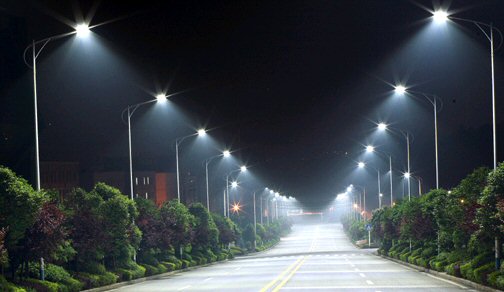
ANSES, the French Agency for Food, Environmental and Occupational Health & Safety, has published a report entitled (in English): " Lighting systems using light-emitting diodes: health issues to be considered," which focuses squarely on potential problems caused by LED lighting. The LEDs Magazine website indicates that the full report is available in French only, but the report summary (in English) says that risks have been identified concerning the use of certain LED lamps, raising potential health concerns for the general population and professionals.
"The issues of most concern identified by the Agency concern the eye due to the toxic effect of blue light and the risk of glare," says the report, adding that the blue light necessary to obtain white LEDs causes "toxic stress" to the retina.
Back in 2011, a comprehensive report by Carnegie Mellon University’s Remaking Cities Institute (RCI) on the city of Pittsburgh’s transition to LED street lighting indicated that “Glare is an issue with LED street lighting. The RCI research team’s literature review and interviews with manufacturers and municipal agencies in cities with LED replacement projects indicate that the emphasis is being placed almost entirely on energy savings, to the exclusion of visual quality issues. The substantial glare caused by LEDs is not typically included as a measurable criteria in evaluation processes, and when it is, the tools of measurement are inadequate. As a result, glare persists as an issue.”
That report also noted that “the public is informed that LEDs save energy told that they are better in quality (often false) and that more accurate in color (often false).” In addition, the 113-page report indicated that “While the use of bright lights is believed to reduce accidents, it actually creates dangerous conditions for drivers, especially when night vision is affected by sharp differences in illumination. Bright lights are particularly hazardous for older persons because the human eye’s accommodation reflex slows with age.”
Regarding health concerns that have been raised, the report indicates that “Bright white light suppresses melatonin, the hormone that regulates tumors. Blue light wavelengths are to blame, because they ‘reset’ the circadian clocks of humans, animals, and plants even at very low levels of blue light. This might account for the significantly higher rates (30-60%) of breast and colorectal cancer in night shift workers.”
Some have compared the growing controversy regarding LED lighting to the ongoing debate in towns around the country regarding the use of crumb rubber from recycled tires as fill for sports turf fields. Federal, state, and municipal governments have weighed in on the discussion, but even as health concerns continue to be raised, fields using the materials continue to be installed and used by youth in Connecticut and across the country. The U.S. Environmental Protection Agency recently launched a research project aimed at providing better answers on that safety question.


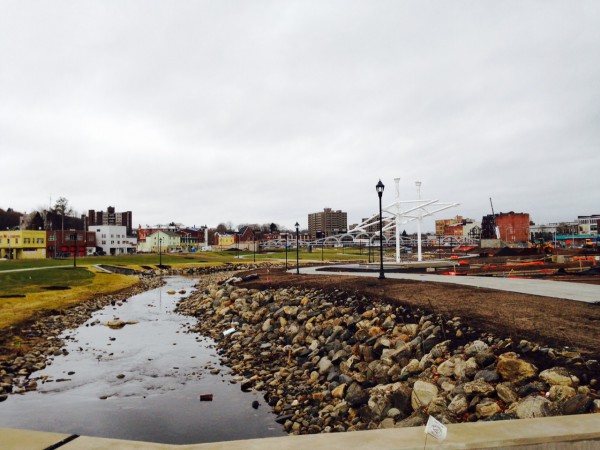
 for a proposed mixed use development project at 161-177 State Street, which is phase one of a multi-phase project that includes demolition of the Mills public housing project and implementation of the Harbor Brook Flood Control project north of the Hub site. The new building will be within walking distance of Meriden`s new Transit center.
for a proposed mixed use development project at 161-177 State Street, which is phase one of a multi-phase project that includes demolition of the Mills public housing project and implementation of the Harbor Brook Flood Control project north of the Hub site. The new building will be within walking distance of Meriden`s new Transit center. In February, the Connecticut Small Business Development Center (CTSBDC), the City of Meriden and The Midstate Chamber of Commerce announced the opening of the newest CTSBDC office, to be located at Meriden City Hall.
In February, the Connecticut Small Business Development Center (CTSBDC), the City of Meriden and The Midstate Chamber of Commerce announced the opening of the newest CTSBDC office, to be located at Meriden City Hall.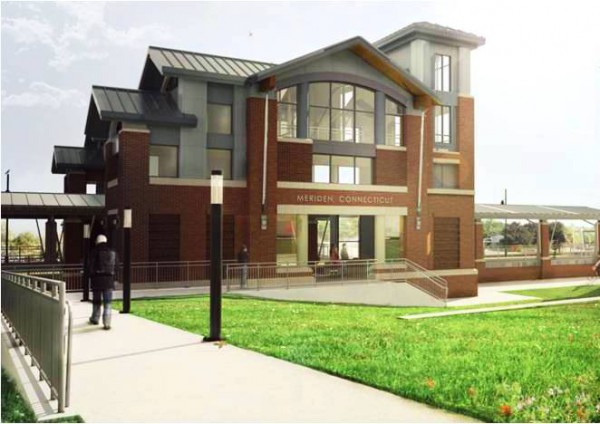
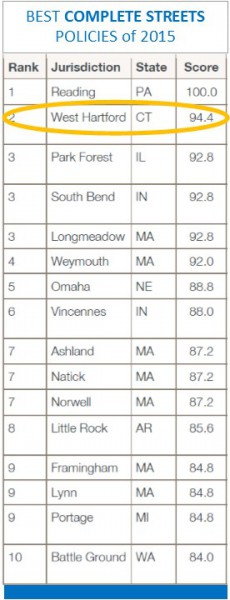 The U.S. Surgeon General and Secretary of Transportation both spoke out for more Complete Streets last year and Congress passed a transportation bill that included Complete Streets language for the first time ever.
The U.S. Surgeon General and Secretary of Transportation both spoke out for more Complete Streets last year and Congress passed a transportation bill that included Complete Streets language for the first time ever.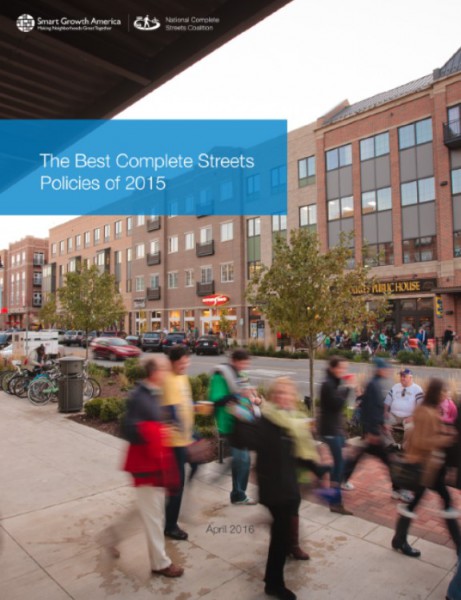
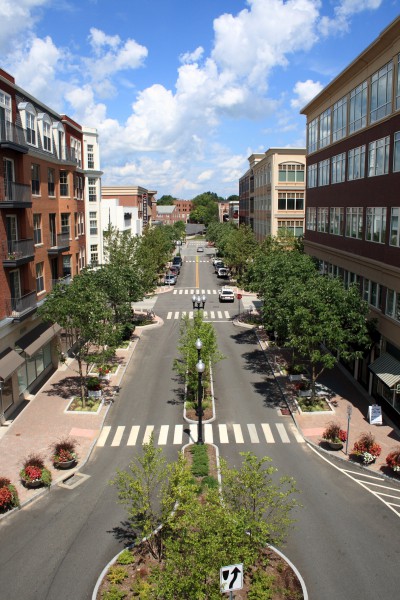
 arlier this year, the University of Connecticut released
arlier this year, the University of Connecticut released 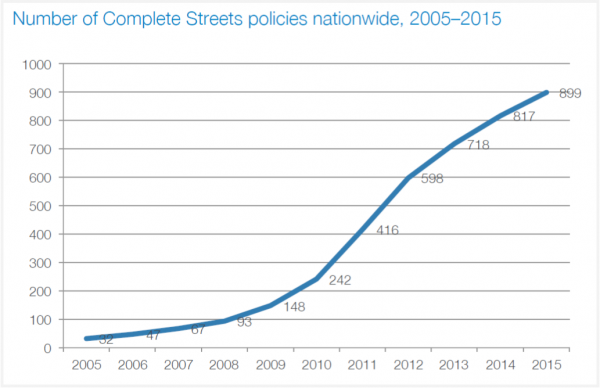
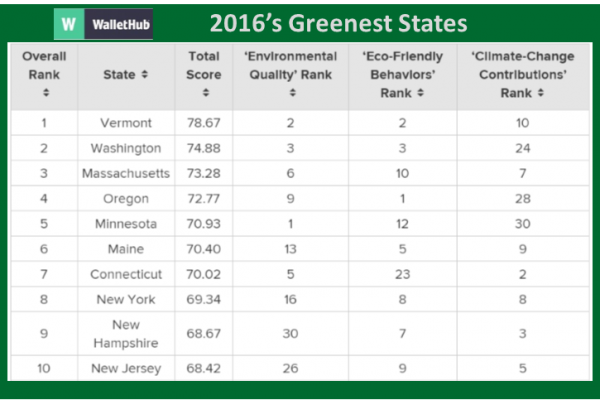
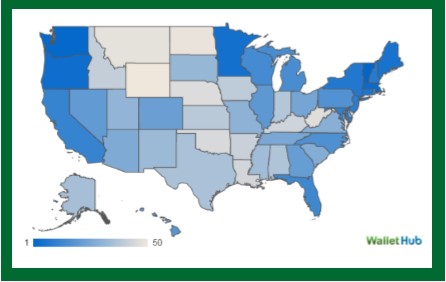
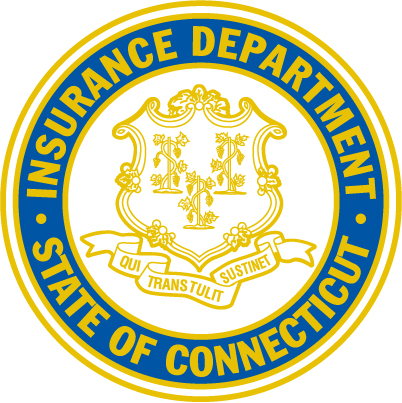


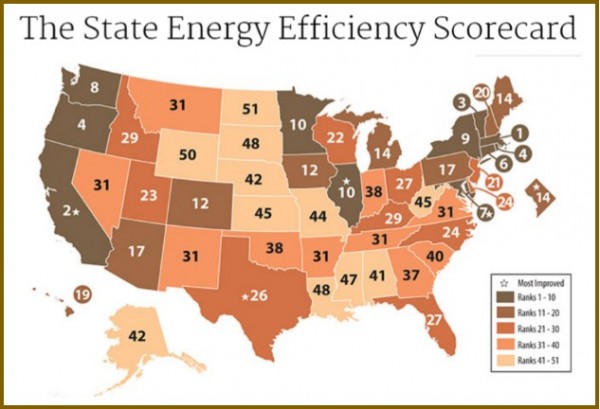 nd compliance efforts, earned 3 points out of 4 for its combined heat and power policies and programs, 5.5 out of 7 points for state-led energy efficiency initiatives, and 1 point out of 2 for appliance standards.
nd compliance efforts, earned 3 points out of 4 for its combined heat and power policies and programs, 5.5 out of 7 points for state-led energy efficiency initiatives, and 1 point out of 2 for appliance standards.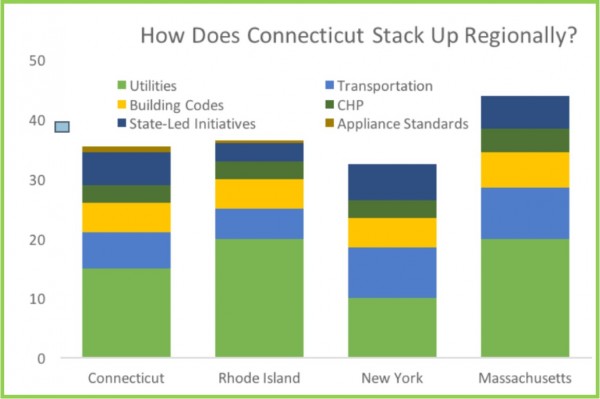 olar power in Connecticut has grown 221 percent per Capita since 2012, ranking the state 13th in the nation, the report points out. The top solar growth states in the nation, like Connecticut, have adopted renewable energy requirements, strong laws allowing solar customers to sell their excess power to the electric grid, and other policies encouraging growth of the industry, the report indicates. The industry is also adding jobs much faster than the overall economy, employing 1,600 people in Connecticut last year, according to
olar power in Connecticut has grown 221 percent per Capita since 2012, ranking the state 13th in the nation, the report points out. The top solar growth states in the nation, like Connecticut, have adopted renewable energy requirements, strong laws allowing solar customers to sell their excess power to the electric grid, and other policies encouraging growth of the industry, the report indicates. The industry is also adding jobs much faster than the overall economy, employing 1,600 people in Connecticut last year, according to  ."
."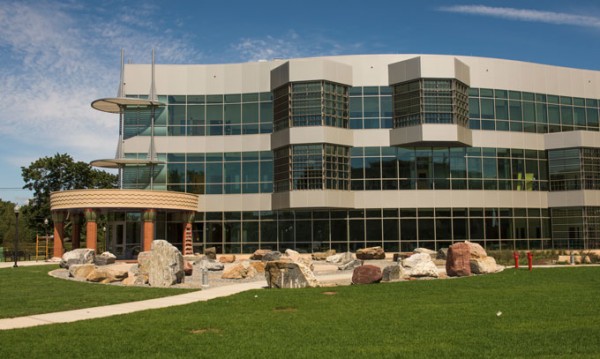
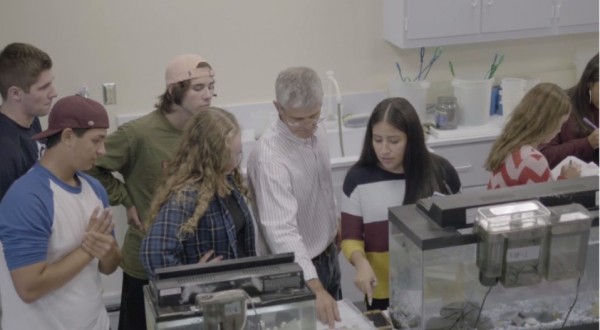
 The
The  Plans for the new Academic Science & Laboratory Building at Southern began back in 2007 with a comprehensive 10-year capital improvement plan, dubbed CSUS 2020, for upgrading the four institutions of the Connecticut State University System. Approved by the state legislature and signed into law by Gov. M. Jodi Rell, the plan was developed during the administration of Chancellor David G. Carter. It included upgrades and repairs to existing facilities, as well as construction of a new Visual & Performing Arts Center at Western Connecticut State University, which
Plans for the new Academic Science & Laboratory Building at Southern began back in 2007 with a comprehensive 10-year capital improvement plan, dubbed CSUS 2020, for upgrading the four institutions of the Connecticut State University System. Approved by the state legislature and signed into law by Gov. M. Jodi Rell, the plan was developed during the administration of Chancellor David G. Carter. It included upgrades and repairs to existing facilities, as well as construction of a new Visual & Performing Arts Center at Western Connecticut State University, which 
 In
In 
 sustainable lifestyle beverate brand for teens and tweens. The company's goal is to inspire young people to realize the power of consumer choices to effect social and environmental change.
sustainable lifestyle beverate brand for teens and tweens. The company's goal is to inspire young people to realize the power of consumer choices to effect social and environmental change.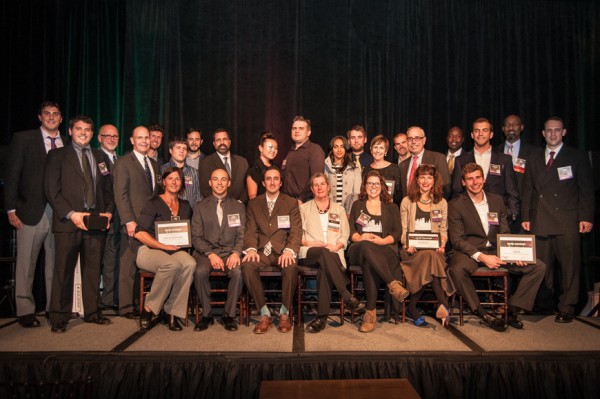
 The five awards judges - Sherrell Dorsey of Uber and Triple Pundit, Adam Dotson of Ironwood Capital, Claire Leonardi, an advisor to reSET's Social Enterprise Investment Fund and former CEO of Connnecticut Innovations, Anthony Price of LootScout and Paul Witinski of Ironwood Capital - narrowed down more than 100 applicants to 12 honorees. The People’s Choice winner was selected via more than 1,800 online votes.
The five awards judges - Sherrell Dorsey of Uber and Triple Pundit, Adam Dotson of Ironwood Capital, Claire Leonardi, an advisor to reSET's Social Enterprise Investment Fund and former CEO of Connnecticut Innovations, Anthony Price of LootScout and Paul Witinski of Ironwood Capital - narrowed down more than 100 applicants to 12 honorees. The People’s Choice winner was selected via more than 1,800 online votes.
 “I would like to congratulate all of the members of Stamford 2030 for joining together to make vital changes for our community," said Stamford Mayor David Martin. "The partners in Stamford 2030 have really stepped up for the success and sustainability of our city and the surrounding area. And they are not alone. For our part, the city is committed to improving storm resiliency and moving forward with the Energy Improvement District. We believe these efforts are tied to our economic development and ability to attract people to Stamford while conserving important natural resources, all necessary for sustained growth and prosperity.”
“I would like to congratulate all of the members of Stamford 2030 for joining together to make vital changes for our community," said Stamford Mayor David Martin. "The partners in Stamford 2030 have really stepped up for the success and sustainability of our city and the surrounding area. And they are not alone. For our part, the city is committed to improving storm resiliency and moving forward with the Energy Improvement District. We believe these efforts are tied to our economic development and ability to attract people to Stamford while conserving important natural resources, all necessary for sustained growth and prosperity.”



























